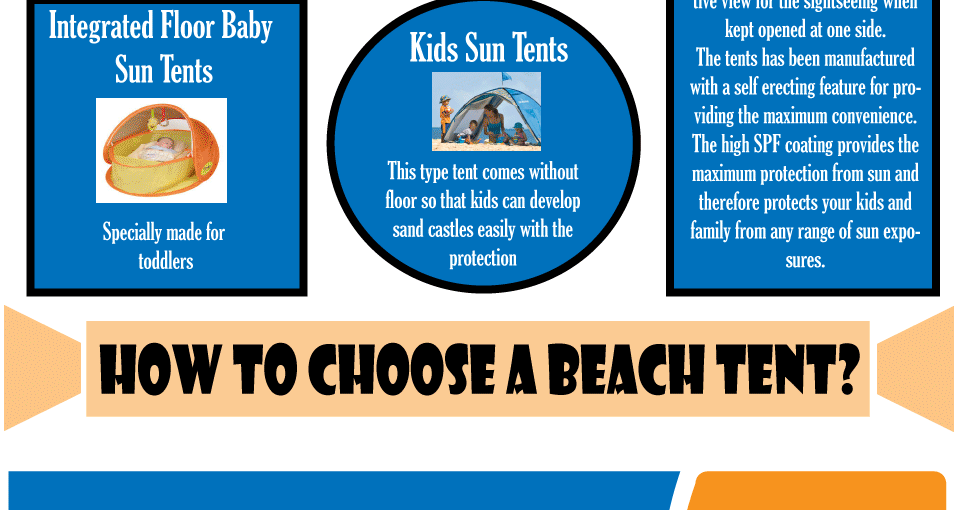The Best Ways To Make Sales For Your Online Camping Tents
The Best Ways To Make Sales For Your Online Camping Tents
Blog Article
Exactly how to Select an Outdoor Tents Impact
Whether you require a tent footprint depends on where and exactly how commonly you will certainly be outdoor camping. The footprints provided by the producer of your tent are usually a good choice but they can be expensive and heavy (the NEMO Hornet Dragonfly 2P footprint evaluates 6.9 oz).
Which information is a must have when camping?
You can likewise make your own DIY camping tent footprint from economical, durable material such as a tarp groundsheet. However, a DIY impact may not be perfect for keeping your tent clean of mud or tree sap.
Size
A tent footprint is basically a sheet that goes under your tent. It protects the ground below your outdoor tents from unpleasant objects, and it keeps all-time low of your tent clean and completely dry. It also lowers the amount of heat shed to the ground while you rest, and it can assist secure your camping tent from wetness.
The best tent footprints are sized precisely to match the flooring room of your outdoor tents. They are generally constructed from a sturdy, water-proof product like polyurethane or nylon. Nguyen suggests selecting a footprint with a denier rating of 250 or higher for optimum longevity.
Several exterior equipment business sell their own well-known outdoor tents impacts that are made to fit perfectly with the corresponding tent. However, these can be quite expensive and include in the overall weight of your backpacking arrangement. For these factors, we normally suggest using a DIY alternative rather.
Product
A camping tent footprint keeps the flooring of your sanctuary clean, especially if you are camping in locations with a great deal of rainfall. It can likewise help prevent water from merging up below your camping tent which might leak into the outdoor tents itself.
The product utilized in a tent impact differs, however the most common is an easy-to-clean and sturdy polyurethane or polyester fabric. Some come with a sack to separate them from your equipment when not being used.
Some backpackers choose to make their very own do it yourself footprints out of Tyvek home wrap or Polycryo window insulation reduce movie. This is frequently a cheaper and lighter alternative than buying a producer specific one. It is necessary to note, however, that a do it yourself footprint will not secure against slits or abrasions in addition to a quality camping tent flooring. If you are making use of a homemade footprint, make certain to roll up the edges so it does not gather water. If you're worried about this, take into consideration upgrading to an extra sturdy option like the ones made by suppliers.
Waterproofness
A camping tent footprint adds an added layer of waterproofing below your tent, which shields against pools that might collect underneath your sanctuary. This can make your camping experience far more comfortable, specifically on wet ground, where you might or else get up grouchy and wet from water dripping into your outdoor tents.
Tent impacts are often made particularly for the outdoor tents design they're intended to come with, which ensures an excellent fit and a solid water-proof seal. However, they're additionally available as generic items that can be cut to dimension with scissors or a knife.
Impacts made from high-denier textiles like Tyvek and Polycryo are usually much more pricey than those made of a reduced denier textile, such as nylon. Whether the higher price is worth the additional waterproofing depends on you.
Weight
A tent impact is a thin sheet of polyurethane, nylon or polyester that camping sits in between your shelter and the ground when outdoor camping. It's designed to safeguard your outdoor tents from rough components like jagged rocks, branches and abrasive surfaces, describes Elizabeth Nguyen, an elderly sales specialist at REI in Atlanta.
Nguyen states most outdoor gear makers supply their own top quality outdoor tents footprints that are developed to fit flawlessly with their designated camping tents, including peace of mind and benefit. However these branded footprints have a tendency to be thicker and heavier than DIY alternatives that are available on the marketplace, so they're worth a closer look when looking around.
If you get on a budget or are focusing on weight, it's simple to make your own camping tent impact making use of easy products that can be located at most hardware or DIY stores. This alternative is preferred among ultralight backpackers and long-distance hikers to save cash and save weight where feasible. It's also worth noting that the majority of camping tents are currently made with a sewn-in groundsheet, so a tent footprint may be unneeded in these instances.
How long should a tent stay waterproof?
